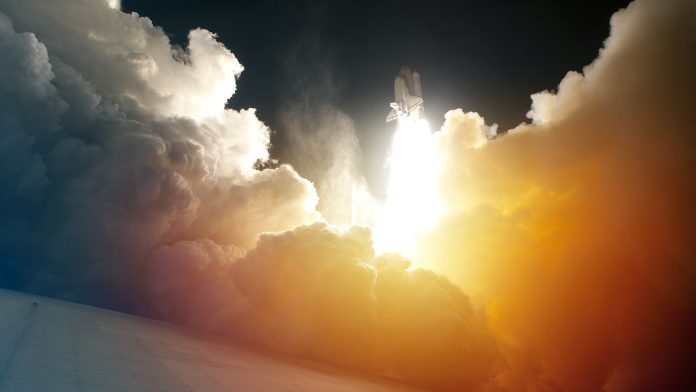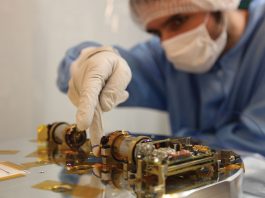On 17 November 2020, Arianespace announced the loss of the Vega VV17 mission, which was carrying two Earth-science observation satellites, SEOSAT-Ingenio and TARANIS.
The first three stages functioned nominally until the ignition of the AVUM upper stage, eight minutes after lift-off. At that time, a degraded trajectory was detected, followed by a loss of control of the vehicle and the subsequent loss of the Earth-science observation satellites. The European Space Agency (ESA) has reported that its initial investigation identified a problem related to the integration of the fourth-stage AVUM Thrust Vector Control (TVC) system as being the most likely cause of the loss of control of the launcher.
Arianespace, the launch service provider, and the ESA immediately set up an Independent Enquiry Commission (IEC). The IEC provided the detailed report and conclusions confirming initially identified root causes to the failure, comprehensively explaining what went wrong in the integration process and why the error was not detected before flight. According to its findings, the Commission has accordingly formulated a road map for a robust Vega return to flight.
IEC concludes that the VV17 cause of failure is not attributable to a flaw in the qualification of the design but to the wrong routing and connection of the control lanes of the electro-mechanical actuators of the AVUM upper stage TVC system, inverting steering commands and causing trajectory degradation leading to the loss of the vehicle.
Stéphane Israël, CEO of Arianespace, said: “Thanks to their hard work in less than one month, the members of the Commission have confirmed the cause initially identified after the loss of control of the mission VV17. The clarity of the conclusions presented by the Independent commission opens the way to immediate implementation by Avio, Vega’s prime contractor, of the recommendations on their integration line, with the support from Arianespace and ESA. It may allow a return to flight by end Q1 2021, in full confidence to Vega’s quality and competitiveness on the market.”









